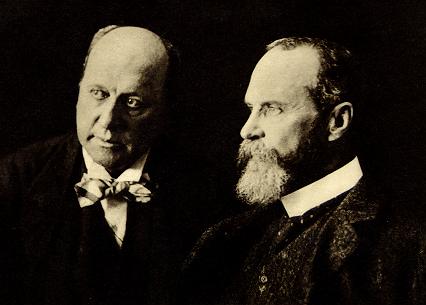"Redacted FOMC Statement
The Federal Open Market Committee decided today to lower its establish a target range for the federal funds rate 50 basis pointsof 0 to 1/4 percent.
The pace of economic activity appears to have slowed markedly, owing importantly to a decline in consumer expenditures. Business equipment spending and industrial production have weakened in recent months, and slowing economic activity in many foreign economies is damping the prospects for U.S. exports. Moreover, the intensification of financial market turmoil is likely to exert additional restraint on spending, partly by further reducing the ability of households and businesses to obtain credit.
Since the Committee’s last meeting, labor market conditions have deteriorated, and the available data indicate that consumer spending, business investment, and industrial production have declined. Financial markets remain quite strained and credit conditions tight. Overall, the outlook for economic activity has weakened further.
Meanwhile, inflationary pressures have diminished appreciably. In light of the declines in the prices of energy and other commodities and the weaker prospects for economic activity, the Committee expects inflation to moderate further in coming quarters to levels consistent with price stability.
Recent policy actions, including today’s rate reduction, coordinated interest rate cuts by central banks, extraordinary liquidity measures, and official steps to strengthen financial systems, should help over time to improve credit conditions and promote a return to moderate economic growth. Nevertheless, downside risks to growth remain. The Committee Federal Reserve will monitor economic and financial developments carefully and will act as needed to promoteemploy all available tools to promote the resumption of sustainable economic growth and to preserve price stability. In particular, the Committee anticipates that weak economic conditions are likely to warrant exceptionally low levels of the federal funds rate for some time.
The focus of the Committee’s policy going forward will be to support the functioning of financial markets and stimulate the economy through open market operations and other measures that sustain the size of the Federal Reserve’s balance sheet at a high level. As previously announced, over the next few quarters the Federal Reserve will purchase large quantities of agency debt and mortgage-backed securities to provide support to the mortgage and housing markets, and it stands ready to expand its purchases of agency debt and mortgage-backed securities as conditions warrant. The Committee is also evaluating the potential benefits of purchasing longer-term Treasury securities. Early next year, the Federal Reserve will also implement the Term Asset-Backed Securities Loan Facility to facilitate the extension of credit to households and small businesses. The Federal Reserve will continue to consider ways of using its balance sheet to further support credit markets and economic activity.
Voting for the FOMC monetary policy action were: Ben S. Bernanke, Chairman; Timothy F. Geithner, Vice ChairmanChristine M. Cumming; Elizabeth A. Duke; Richard W. Fisher; Donald L. Kohn; Randall S. Kroszner; Sandra Pianalto; Charles I. Plosser; Gary H. Stern; and Kevin M. Warsh.
In a related action, the Board of Governors unanimously approved a 5075-basis-point decrease in the discount rate to 1-1/4/2 percent. In taking this action, the Board approved the requests submitted by the Boards of Directors of the Federal Reserve Banks of Boston, New York, Cleveland, Richmond, Atlanta, Minneapolis, and San Francisco. The Board also established interest rates on required and excess reserve balances of 1/4 percent.
The Upshot
- We’re done with Fed Funds in entire. ( GOOD. IT WAS WORTH A SHOT )
- On to quantitative easing. (Japan had the advantage of running a current account surplus… how will it work for us with a deficit?) ( PICK UP THE PACE )
- The princely rate of 1/4% gets paid on all reserve balances at the Fed, both required and excess. ( HIGHLY COMICAL )
- The Fed is looking at deflation, not price stability. ( AS IT SHOULD )
- The Fed will possibly invest more into long Treasuries, with uncertain prospects. ( LIFE IS UNCERTAIN )
- The Fed will continue to make it up as it goes, and keep expanding its balance sheet, adding liquidity where it wills, and replace functions of the private lending markets in the name of fixing the lending markets. ( THAT'S ABOUT IT. ONLY, THE PRIVATE LENDING MARKETS WANT HELP. THEY PAID FOR IT, AND THEY'RE GETTING IT. WHAT WORRIES THEM IS BEING LEFT ON THEIR OWN )







































No comments:
Post a Comment